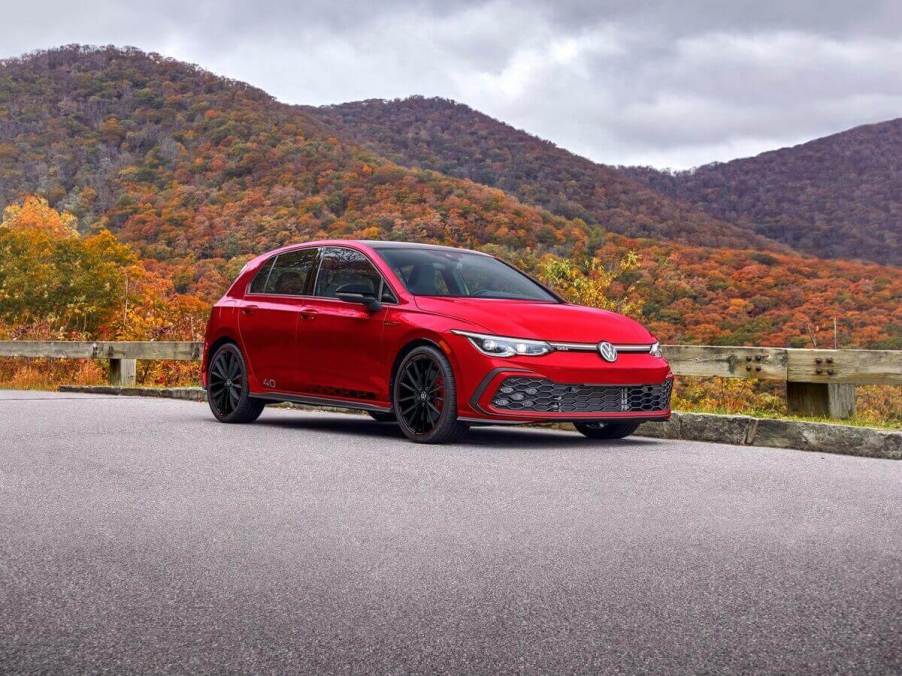
What is “Boost Season”?
As the weather cools, many drivers are getting ready for a cold winter of snowy drives. But if you drive a turbocharged car, fall is the best time to hit the road. But fall is good for more than just foliage drives and apple cider…it’s also “Boost Season” for turbocharged engine performance.
Why do car enthusiasts love fall?

Summer is a glorified season for sports cars, but fall is actually the best time to get out there and enjoy driving. “Boost Season” is a celebration of the cooler air that makes turbocharged cars more powerful. And because turbo engines have a hard time dealing with heat, many car enthusiasts await this time of year with bated breath.
Cooler, denser air makes driving a turbocharged car a truly joyous occasion. Because the air is dense, it provides more power without changing anything else. And in the case of a turbocharged car, that power boost is exaggerated.
Because turbos push hot, high-pressure air, it is often hard to regulate intake air temperature when the ambient temperature is high. But in the cooler weather of fall, it becomes much easier to maintain an optimum engine air temperature. That means a cleaner, more powerful fuel burn, more power, and improved throttle response.
In essence, fall turns up the “boost” of a turbocharged car, without requiring a tune. And thus, “Boost Season” was born.
What are some of the best cars for Boost Season?

Any turbocharged car is a good candidate for Boost Season fun, but some cars need the cool more than others. Volkswagen’s EA888 is an excellent platform, but heat management is not its strong suit. Even with an aftermarket intercooler, heat soak can be a problem during the summer months. But in the fall, those GTIs and Golf Rs are ready to run. Plus, there’s plenty of room in the hatch for a picnic basket and bag of freshly-picked orchard apples.
BMW’s N55 engine is another such platform, where high intake air temperatures will cause a noticeable power loss. Found in half a dozen BMW inline-six models from 2010 to 2018, these include the M235i, 335i, and even the F87 BMW M2 from 2016 to 2018.
Finally, there are the turbocharged Subarus, including the WRX STi. The Boxer engine needs all the cold air it can get, and boost season weather is perfect for dialing up this rally-ready platform.
How much more horsepower do cars make in the fall?
The general rule regarding horsepower and air temperature is a 1% gain for every 10 degrees of ambient temperature drop. So when the daytime temperature falls from 90 to 60, you’re looking at a 3% power boost. That may not seem like much, but in a 300 horsepower car, that means an extra nine horsepower at your disposal. And when you consider that most modern cars will slow engine timing based on intake air temperature, the difference in throttle response is even more significant.
Enjoy “Boost Season” before the snow flies!
As with all good things, even Boost Season must come to an end. These few short weeks between the heat of summer and the misery of winter are among the best times to drive your sports cars. So get behind the wheel, enjoy the sweet whistle of your turbocharged engine, and take in the cool, crisp air before it’s gone!




